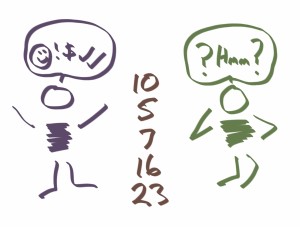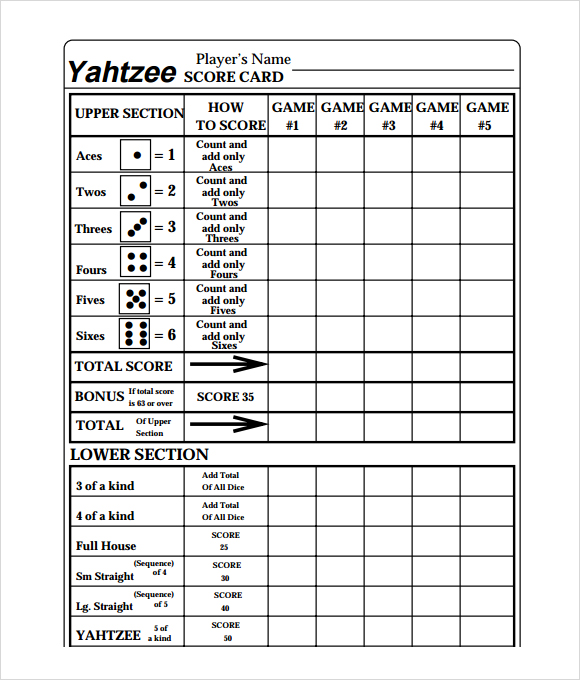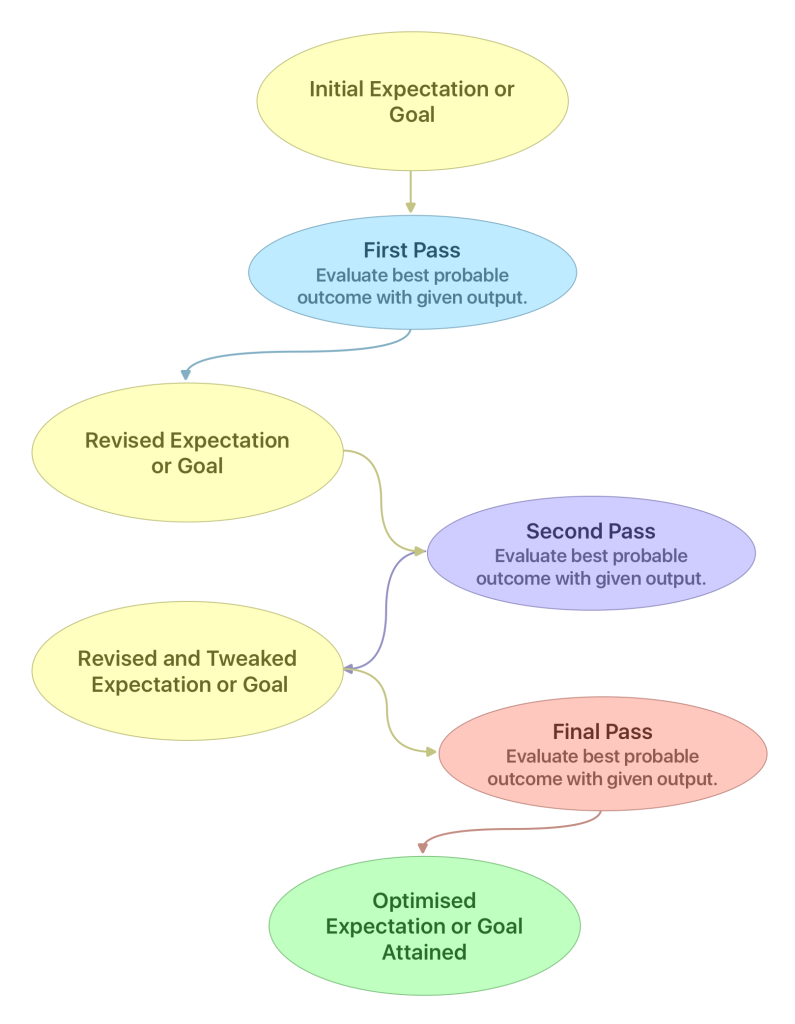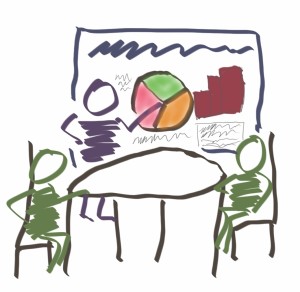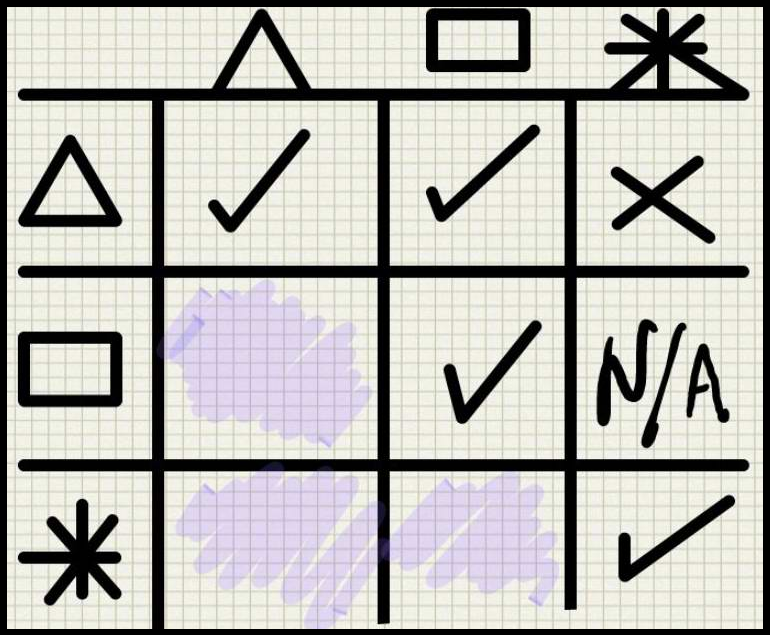Plans are great!
- They help us focus and align to a goal
- They demonstrate that we know what we are doing
- They help us to break up work into manageable chunks so that we can deliver in stages or divide the work up between teams
But…
What if the goal is to achieve innovation or find new ideas?
Let’s take the 3 points above and see how they might be detrimental when we are dealing with complexity as defined in the Cynefin Framework.
Focus and alignment
When we focus we can miss things. Try staring at something nearby now – focus on its attributes and why it is there. Notice that while you are focussed, other things become less noticeable in our peripheral vision, hearing and other senses.
In an ordered environment, where things are knowable and there is a high amount of certainty, focus is a wonderful thing.
In an unordered environment of complexity or chaos it can destroy us in the worst case – and in the best case it will limit our ability to find new ideas and interesting things. We still need to have an idea of what we are looking for, setting some constraints or boundaries – but it is not a laser-like focus.
We know what we are doing
People who use traditional planning methods in complex environments do not know what they are doing. The planning needed in complexity is how to manage constraints, how to identify ‘good’ and ‘bad’ patterns and how to amplify or dampen them respectively. Risk and opportunity management methods are much more appropriate in complex environments and traditional planning is great in ordered domains.
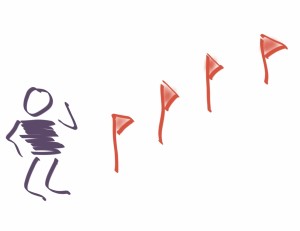 Planning
Planning
A person who knows what they are doing will use both types of planning/management, mixing and matching as they go.
Unfortunately, people are traditionally rewarded for showing how they executed to a plan and achieved an outcome. In this light, the outcomes achieved in a complex environment can only be described after they have happened. So it can look like random luck and is not generally well rewarded unless the outcome was an astonishing breakthrough or innovation of some sort. In these cases we will backfill the story in a retrospectively coherent way so that it seems the achievement was planned that way all along.
 Retrospective Coherence
Retrospective Coherence
Divide up the work
Absolutely the best way to do something in the ordered domains. Break it up, build each part and then assemble it at the end.
When we try to do this in a complex environment we spend a lot of effort trying to get certainty. We also highly constrain the outcome to only that which we imagine is possible at that point in time.
So not only do we spend too much, we also sub-optimise our opportunities.
The better option is to explore the needs using test and learn approaches. Techniques for exploring the ‘fuzzy front end’ from design thinking work well as does prototyping, experimentation, articulation of assumptions and then validation or invalidation of them.
This is where we say that failure is good – let me explain that because many people have issues with such a statement.
When we are in a complex environment we do not know and cannot predict what will happen when we do action ‘XYZ’ and there are many actions that we could do. In order to find out what works and where the boundaries might be, we conduct experiments to see if there are stable and repeatable patterns. The experiments that work are what we are seeking and the ones that fail are outside of what we are seeking. Only by conducting experiments that fail can we be confident that we have found the edges of the space that we are exploring. If we don’t get failures, then we have not gone far enough and have missed opportunities for new ideas that might work.
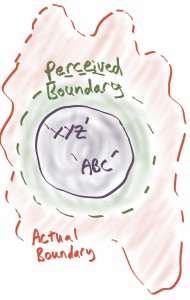 So safe-to-fail experiments are important and the above helps to explain why we should be designing experiments that we expect to succeed and ones that we expect to fail – when do this we are guessing where the boundaries exist and the experiments confirm those boundaries.
So safe-to-fail experiments are important and the above helps to explain why we should be designing experiments that we expect to succeed and ones that we expect to fail – when do this we are guessing where the boundaries exist and the experiments confirm those boundaries.
Summary
These 3 examples demonstrate that our traditional planning and focus methods are really only suited to the ordered domains in the Cynefin Framework and that seemingly ‘opposite’ approaches are more effective in the complex domain.
We need more innovation and new ideas – we will not get them using standard planning and focus methods.
Plans are great – when we have certainty and predictability (and not when we want new ideas).

